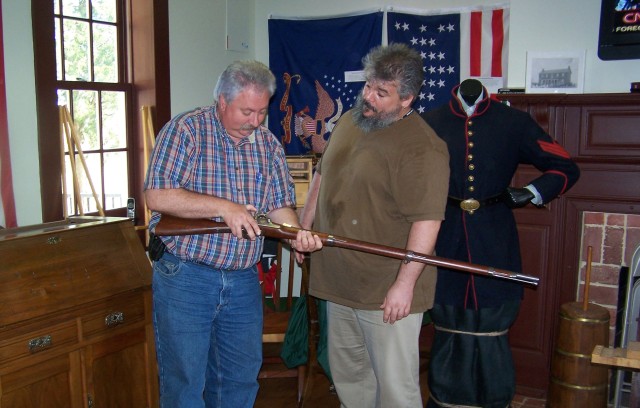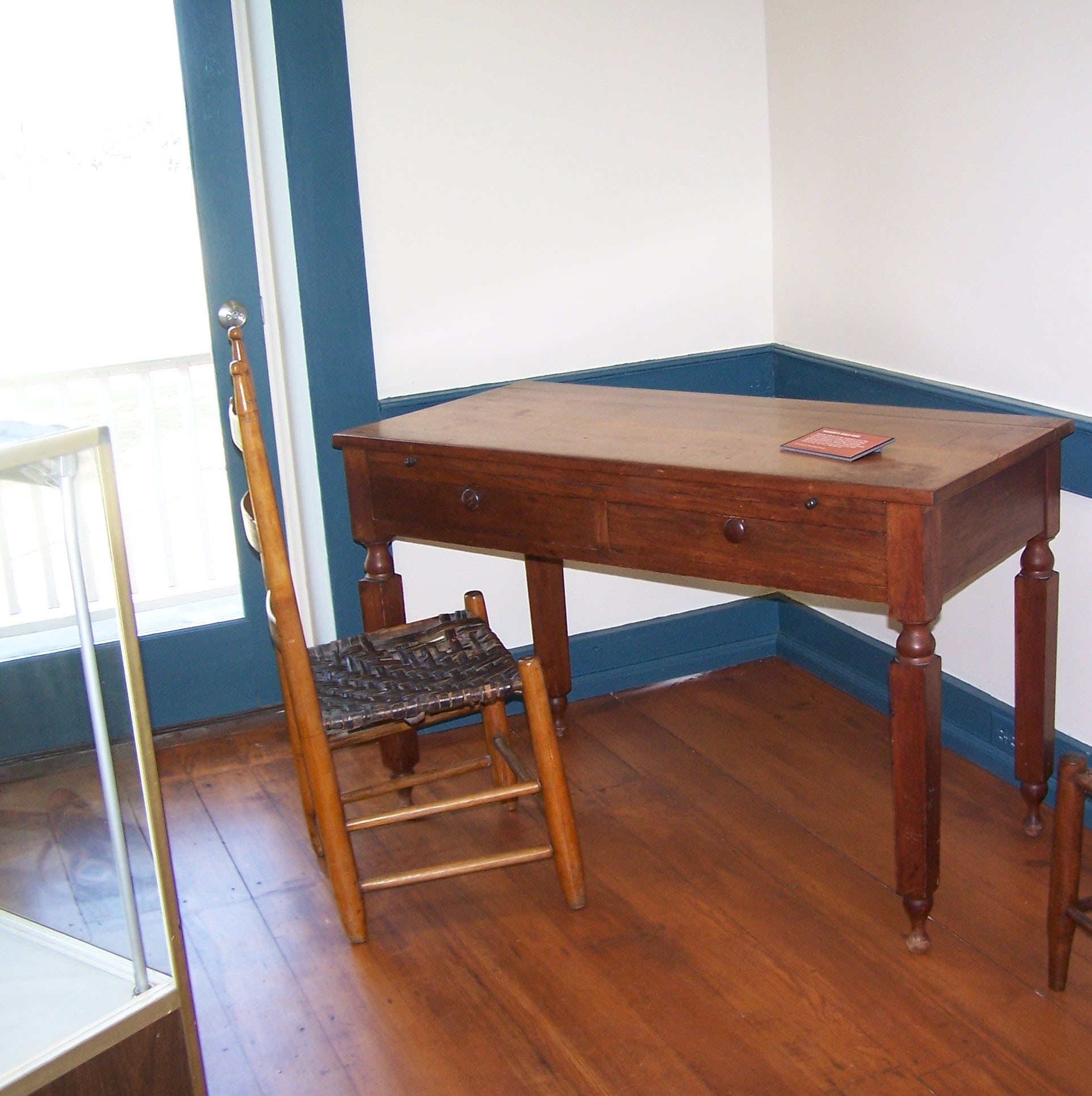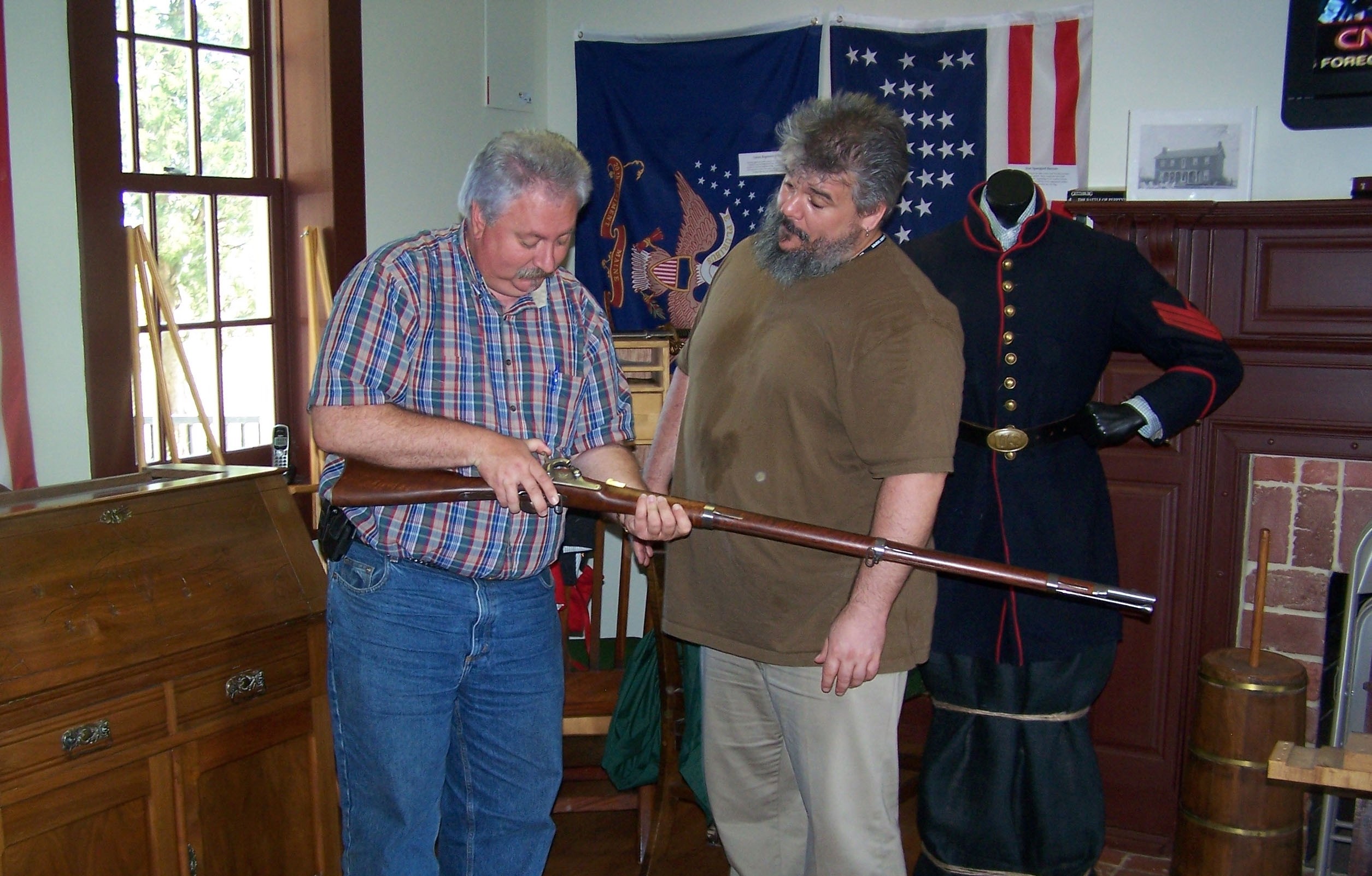BLUE GRASS ARMY DEPOT, Richmond, Ky. - Many people may not realize a battle involving the death and injury of more than 1,300 Americans was fought on the Blue Grass Army Depot property in Richmond, Ky.
"It was the only example where the Federal Army ceased to exist at the end of the battle," said Phillip Seyfrit, the Historic Properties Director for Madison County, Ky.
During the Civil War, the Battle of Richmond was fought here. In fact, the battlefield was 2,000 yards wide and eight miles long, what is now the western boundary of the Depot.
The battle took place Aug. 30, 1862, and was "the most complete victory one side had over the other during the entire war," said Seyfrit.
The Army is instrumental in maintaining this history. The former Depot Commander's mansion, known at the time as the Rogers House, was critical during the battle.
"The house started as a Federal headquarters and field hospital and then changed over to Confederate with the doctors staying at their posts," said Nathan White, the Depot archeologist and cultural resource manager.
"When you're in this building, you may be standing where a Soldier may have been when he took his last breath," said Seyfrit.
According to Seyfrit, the first person to receive a Medal of Honor fought at the Battle of Richmond, Bernard J. Irwin, may have worked here. He was a Union doctor who stayed throughout the battle. After it was over, he went back to Cincinnati to get more medical supplies to attend to the wounded, Seyfrit said.
"With the significance of the Battle of Richmond to the local area and the awareness that the Rogers House served as a field hospital and rallying point, it became apparent we needed to transfer this historic site to Madison County so it could be restored and used as a living history center," said Arthur "Art" Ries II, Civilian Executive Assistant for the Depot.
White concurs, "Maintaining those properties is not the Army's mission. When we can, we try to transfer them to interested parties or state governmental organizations. We transferred the property to Madison County, and it is run by their employees. They are responsible for maintaining the same historic preservation standards as are Army employees."
"If it wasn't for the Depot being there, this [building] would have been lost years ago," Seyfrit said. Most of the "others are all torn down," he said. The Battle of Richmond Historic Areas, including the Rogers House, are listed on the National Register of Historic Places.
Seyfrit is heading the Madison County effort to refurbish the Rogers House. "We want to get it back to the original condition. It will be a visitor and living history center with hands-on and interactive exhibits," he said.
The restored Rogers House - The Battle of Richmond Visitors Center will have its grand opening Oct. 4.






Social Sharing